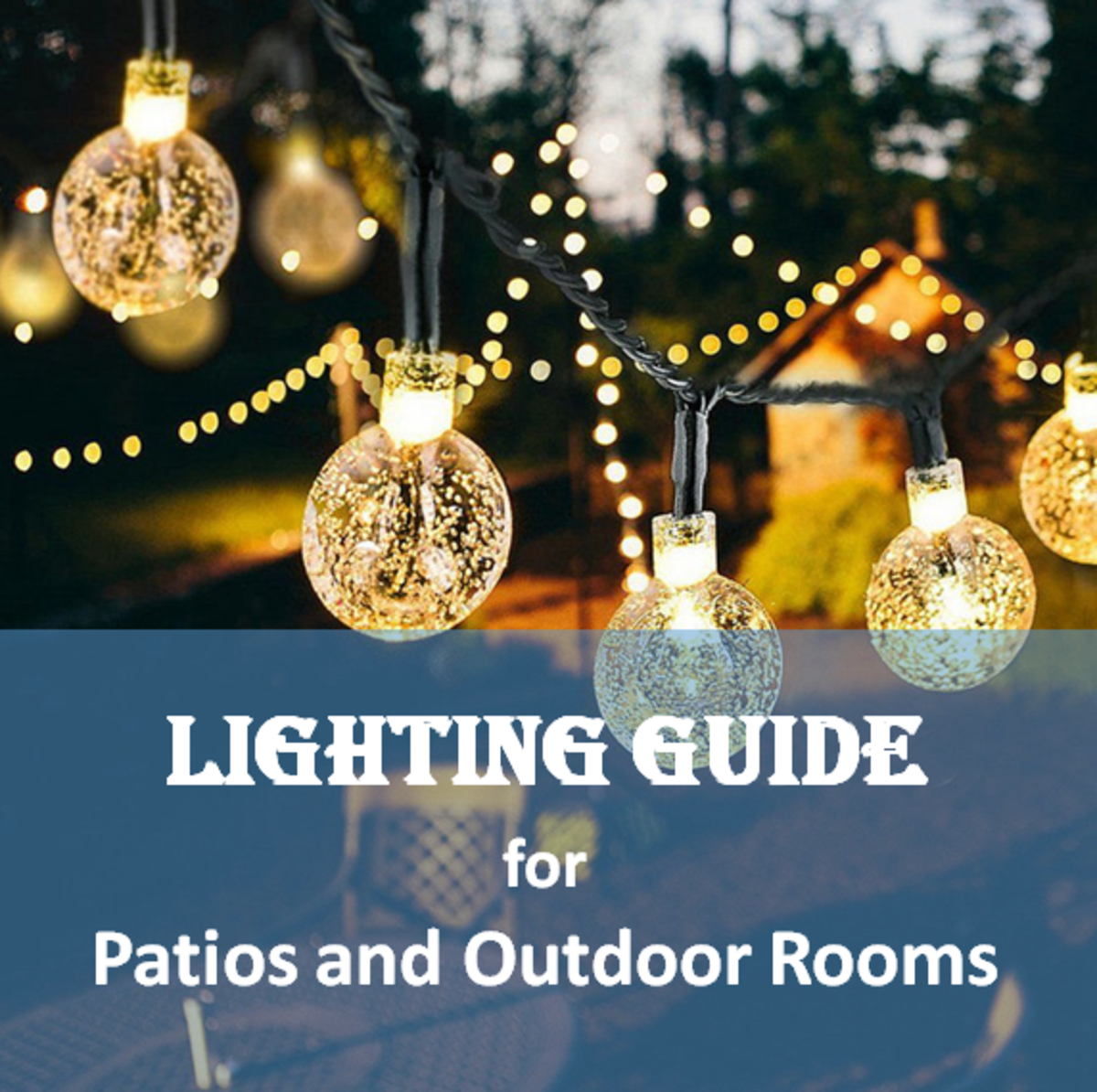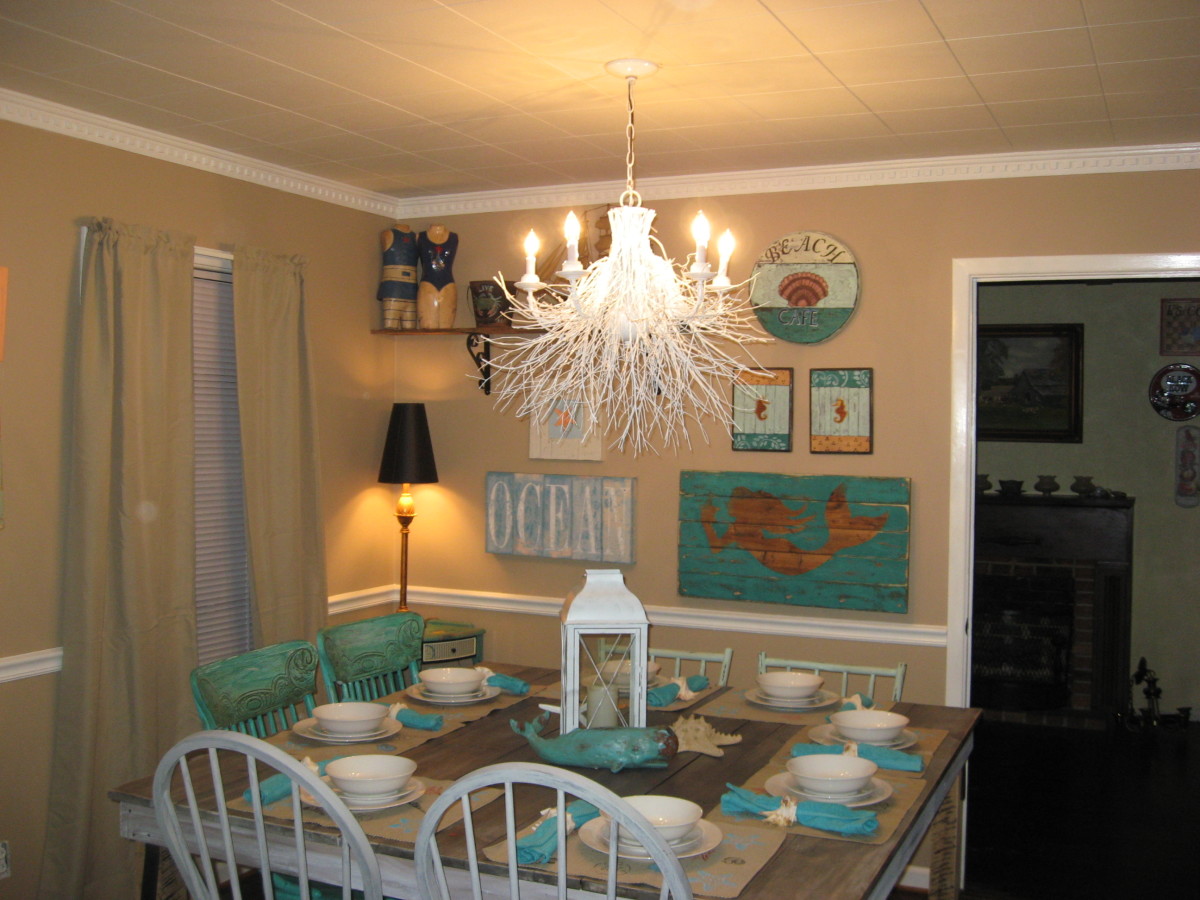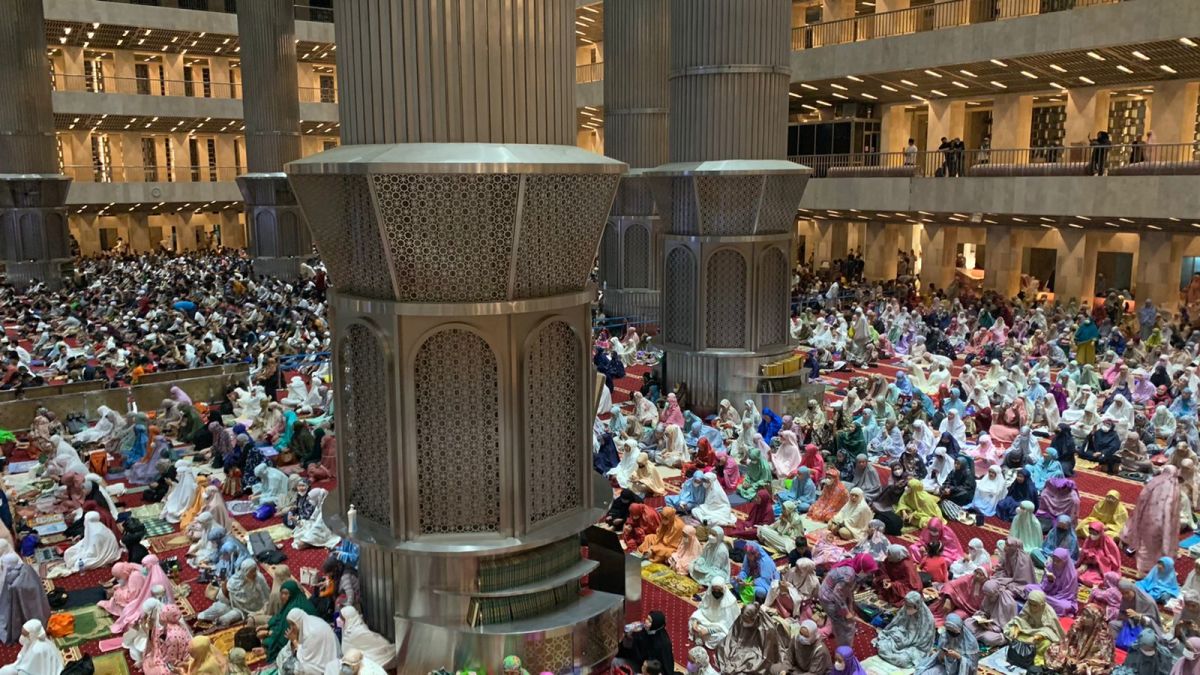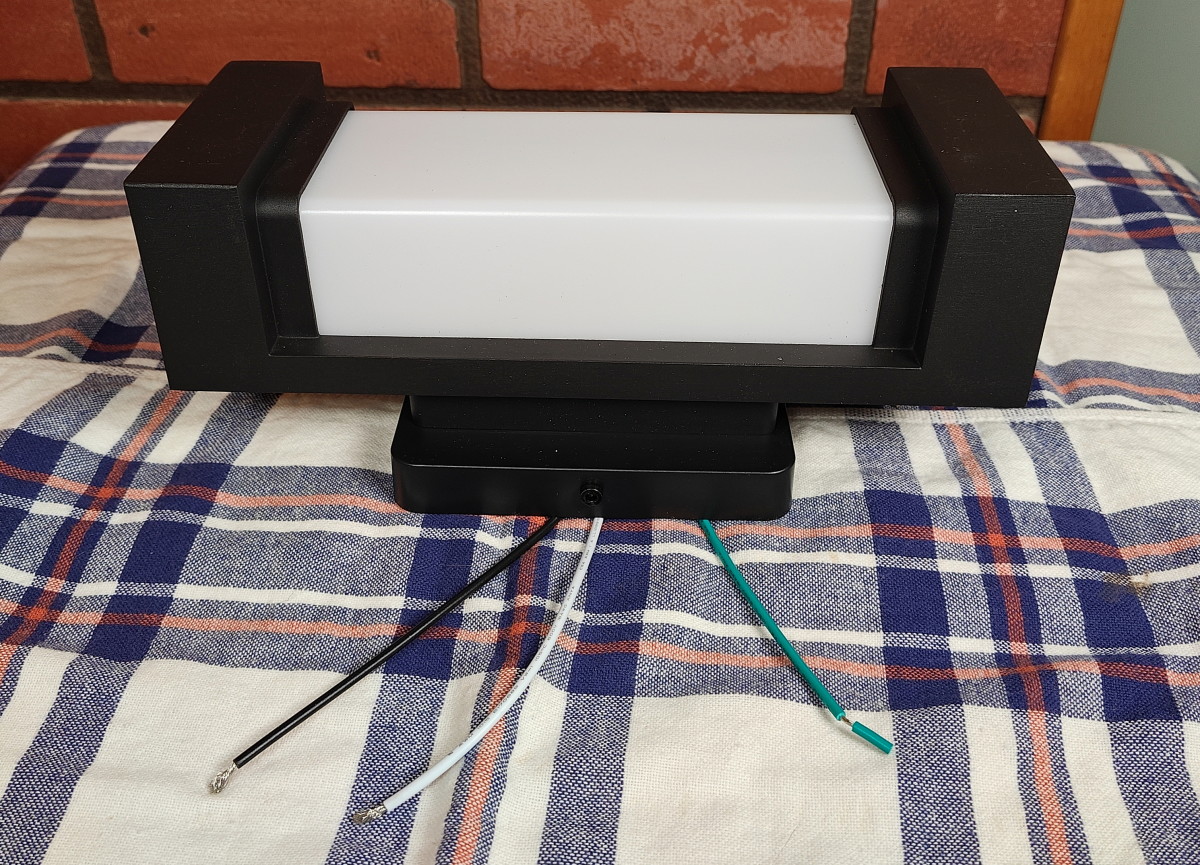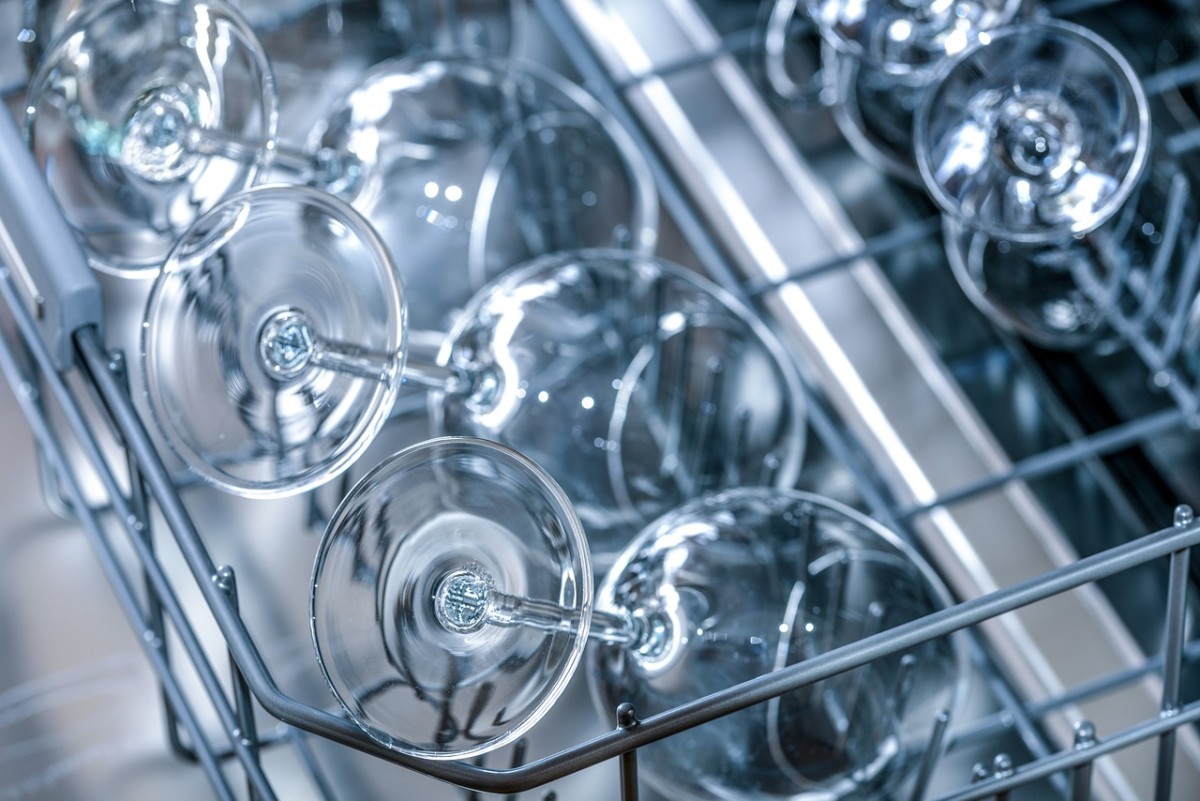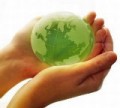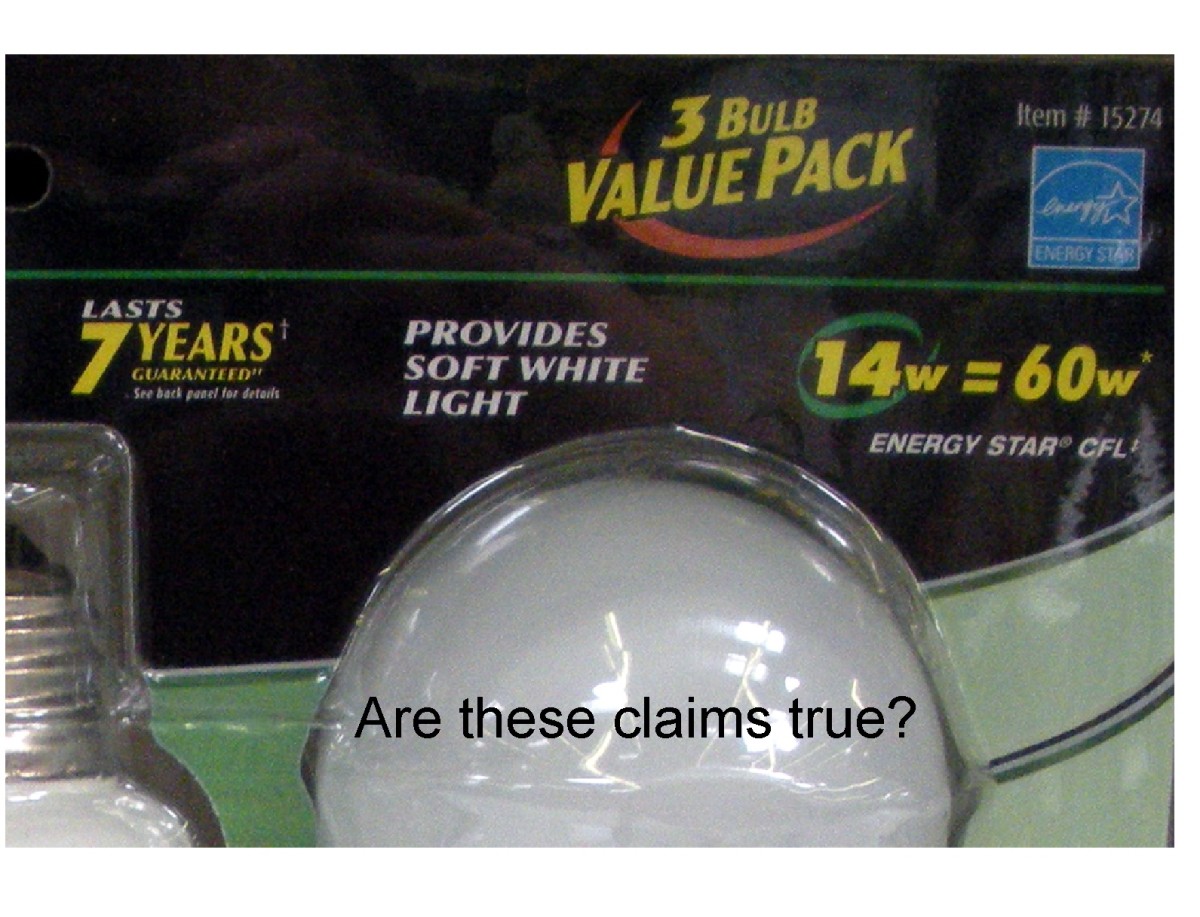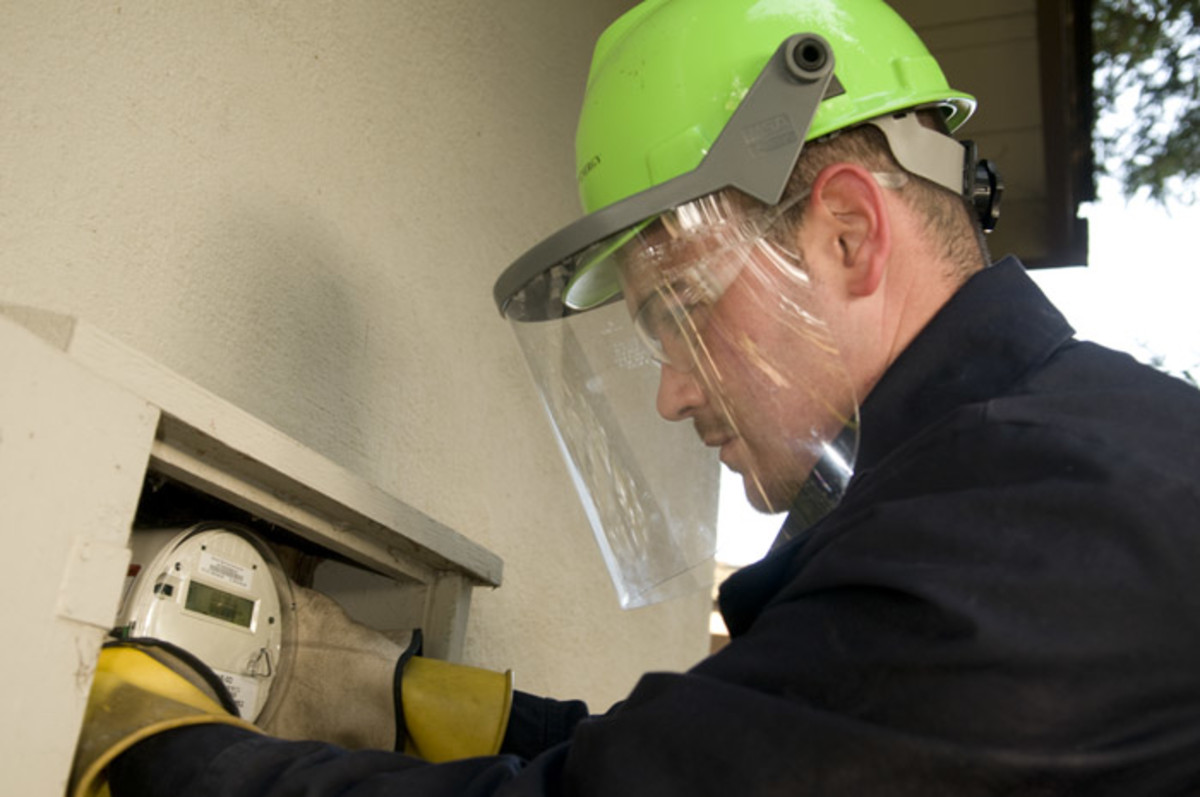Energy-Efficient Outdoor Lighting
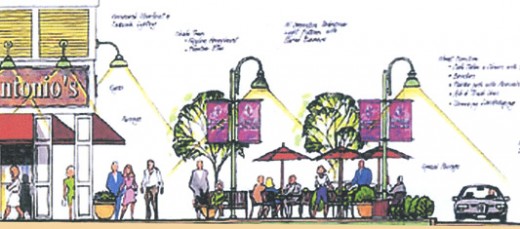
We all feel safer and better able to move about after dark if good outdoor lighting is provided along streets, sidewalks and bike paths, as well as in parking lots, parks, shopping centers, campuses, community facilities and even our own back yards. And though such outdoor lighting is estimated to cost no more than about 2% of our total annual electric bill as a nation, it still consumes trillions of dollars each year. The use of energy-efficient outdoor lighting holds the promise of paring away at our collective energy bills, leaving a few of those trillions of dollars in our pockets. And everything we save in electricity not used, we also likely save in diminished impact on our natural resource reserves and our environment.
The most common types of energy-efficient outdoor light fixtures seen throughout the U.S. today are either solar fixtures, or LED (light-emitting diode) fixtures, or sometimes a combination of both. Over the past several decades, LEDs have undergone explosive growth in supplying the sign-making industry, and in use in traffic signals. Driving this growth are LEDs’ low energy consumption (and thus low operating cost) and low heat generation (and thus longer service life and lower maintenance cost). As the color range and color quality of LEDs improve, and their costs continue to drop, they become stronger competitors to more traditional light sources, such as incandescent bulbs, fluorescent and neon tubes, and high-intensity discharge (HID) mercury or sodium lamps.
As a result, LED lighting has garnered many fans — not only LED manufacturers, but also light fixture makers, sign makers, building owners, municipalities, lighting maintenance workers, utility companies and the U. S. Department of Energy. But no matter what particular lamp technology, power source, fixture type or lighting hardware is used in outdoor lighting, its overall energy-efficiency will result from a precise match of the lighting design to the lighting needs.
Outdoor lighting must meet a variety of needs. First, it must enable users to effectively function in outdoor spaces. Thus, drivers must be able to clearly see roadways, surrounding traffic, pedestrians and hazards. Players on a rec department tennis court must be able to see the ball. Shoppers must be able to find their car, while knowing no one is lurking nearby. Second, outdoor lighting must assist other elements of the built environment — buildings, walkways, landscaping, signs — in inviting or directing people. Brightly-lit plazas will invite pedestrians, while service alleys with subdued and workmanlike lighting will not. Third, through such features as the color and intensity of light, fixture type, orientation, spacing, and placement, outdoor lighting must add to our aesthetic perception of and reaction to our environment. Lighting that plays across the water of a civic fountain will therefore be inherently different from lighting that sets the mood at an outdoor restaurant patio. See more at rickzworld.
However, too much lighting is clearly not a good thing. Many portions of the country are now plagued by light pollution. Not just mere backyard stargazers, but also research scientists at major observatories, often have difficulty seeing anything worthwhile among the stars because of the ever-present fog of nightlighting glow from developed areas. Birds and insects and nocturnal wildlife can all be severely affected by excess light and continually rising light levels. The darkened back yards of our youth are ever more giving way to the spillover glare of the nearby shopping center, auto dealer or fast-food franchise. Thus came about the formation of the International Dark-Sky Initiative, an advocacy espousing smarter and more parsimonious use of light throughout our cities and towns. In recent decades, many municipalities have enacted ordinances and building code provisions that call for precisely aimed and calibrated lighting schemes, often using ‘cut-off’ fixtures that shield neighbors from light spillover and glare.
Good lighting design is therefore a choreography of light, with each lighting element playing its role, and each lighting feature adding to the overall composition. Lighting designers have developed a kit of tools to assist them in this dance:
• Lamps and light sources range from incandescent to fluorescent to HID to neon to LED, each offering its own particular mix of color, intensity and quality of light, coupled with variables of cost and applicability. The lighting designer can precisely match lamp and light source to optimum use for the situation at hand.
• Light fixture designs and mounting locations vary from point-source to single lamp to multi-fixture to array, and from within pavement to step to bollard to wall to canopy to pole to wire. The designer can place light wherever it is needed and can aim it wherever is desired, with whatever final effect is intended.
• Lighting power sources that include new fuels, co-generation, off-peak power consumption and solar technologies, enable the designer to drive down operating costs while optimizing reliability.
• Computer-controlled and feedback lighting control systems allow lighting to be continually adjusted to suit such ever-changing factors as daylighting, room or building occupancy, energy cost fluctuations, etc.
• Sophisticated engineering software enables the designer to orchestrate the lighting design for desired light levels, intensity, uniformity, spread, modulation or rhythm, color and light quality, and resulting ambience, all the while monitoring eventual installation and operating costs.
- Healthcare Lighting
The healthcare environment has particular lighting needs. - Sustainability: Green Roofs
Green roofs roofs that consist in part of plant material are called green, meaning environmentally friendly, for a variety of very important reasons. - Sustainability 62: Rain Gardens
One way in which each of us can make a relatively simple, yet potentially profound, contribution to a more sustainable world is through the creation of rain gardens. - Sustainability 68: Drain Water Heat Recovery
Don't throw away that heat! In our efforts at energy conservation and sustainability, many of us keep seeking newer and more innovative ways of eliminating or capturing wasted energy. One of those cutting-edge methods â long in use in areas of... - Sustainability 2: The Universality of Design
In harmony with nature Key to our striving for sustainability is design, for design is a universal human pursuit. We design our bodies through diet, exercise, rest, work and fashion. We design our personalities through mimicking and... - Sustainability 10: Density
To many, it seems counter-intuitive that packing the globe's inhabitants more tightly might actually be good for the planet's sustainability, but it's a fact. - Sustainability 12: Mixed-Use Developments (MXDs)
Save energy The sustainability of our cities and towns can be enhanced through the creation of Mixed-Use Developments (MXDs). MXDs are development projects that encompass a mix of proposed land or building uses. A project might, for example,... - Sustainability 54: The Kyoto Protocol
Let's clear the air The Kyoto Protocol has for years been a lightning rod to anyone discussing climate change and Earth’s long-term sustainability for humans. To green advocates, it represented a best first step forward in mitigating man’s... - Sustainability 69: Solid Surfaces
Solid Surfaces In our striving for sustainability, we are essentially pursuing four major goals: 1) maintaining our health and that of others, while 2) reducing our consumption of renewable as well as non-renewable natural resources, such as fuel,... - Sustainability 3: What is Good Design?
Make perpetual cyclical development possible Before we continue, let me introduce the jargon of design, and attempt some definitions we can all embrace. There are many writings and discussions of green design and sustainability available via books,..

